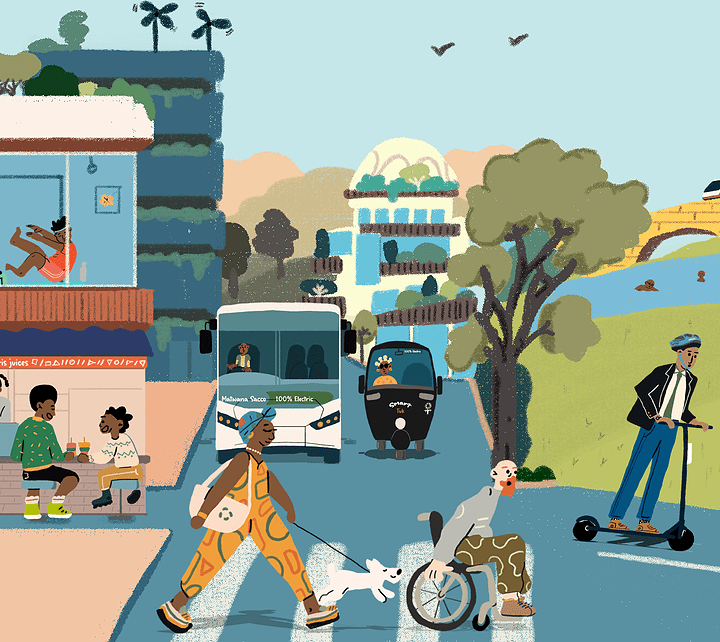This week, the mayors of London and Montréal – Sadiq Khan and Valérie Plante – met in London to discuss city collaboration on climate, launching a report on urban rewilding that shares best practices from urban nature initiatives from around the world. Case studies include pocket forests in São Paulo, vertical gardens in Lagos, biodiversity parks in Delhi, and many more.
Authored by C40 Cities – a global network of mayors united in action to confront the climate crisis – and research firm Arup, the report states:
Urban rewilding projects should be a critical element of a city’s broader ambition to develop a network of interconnected green and blue spaces and corridors across the urban environment, which will facilitate human-nature coexistence.
As rewilding efforts grow to regenerate depleted landscapes and reverse biodiversity loss, Climate in Colour founder Joycelyn Longdon points out the importance of ensuring these projects are managed equitably and aren’t leading to land grabs.
Community-driven collaborations that consider the local context will continue to lead the way. What efforts and organizations have you seen do this effectively? Who should be connecting with each other? Please share your thoughts and insights with us!


This makes me think about the part of Rosmel’s book that discusses the way soil degradation from agriculture and industry inhibits the carbon absorption capacity of soil. While cities may be a relatively small part of the land mass, Sochi-psychologically I sure would love to see soil’s role in carbon sequestration by honored by urban rewilding.